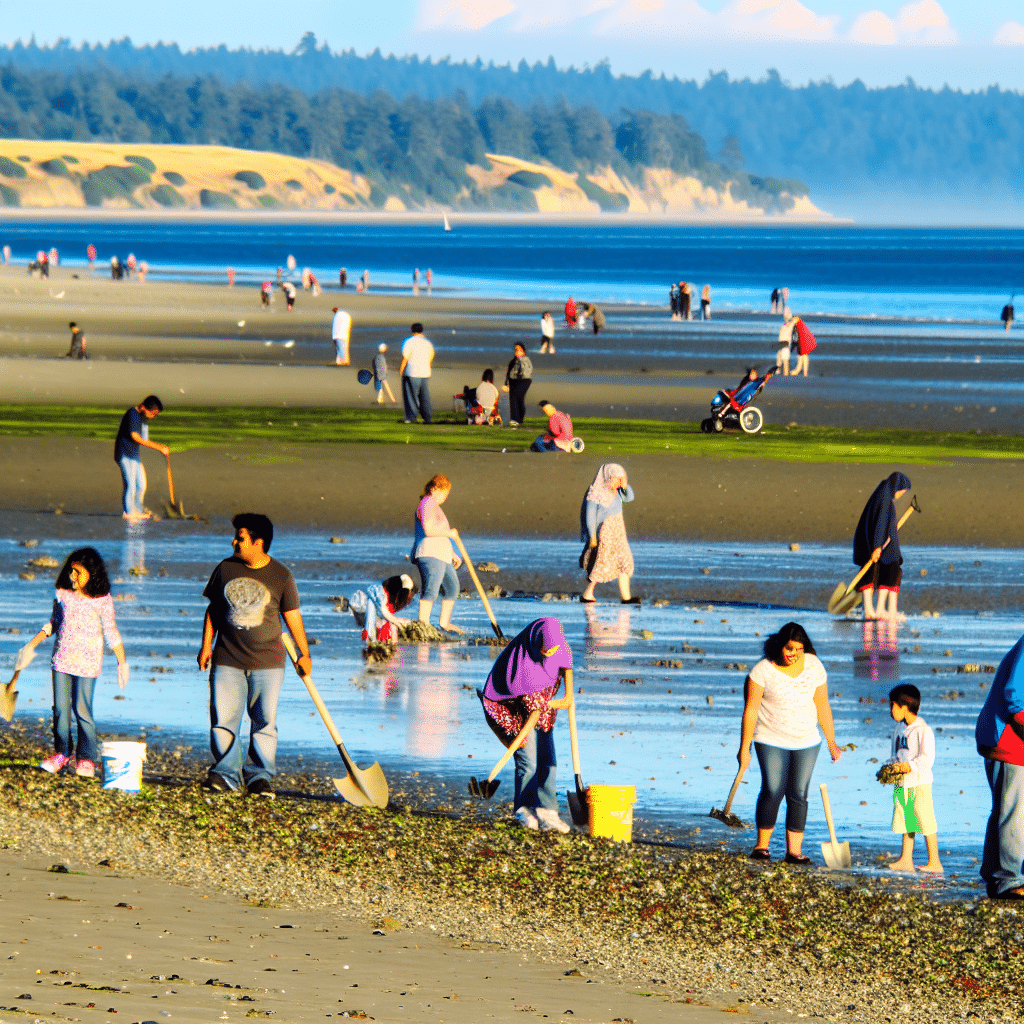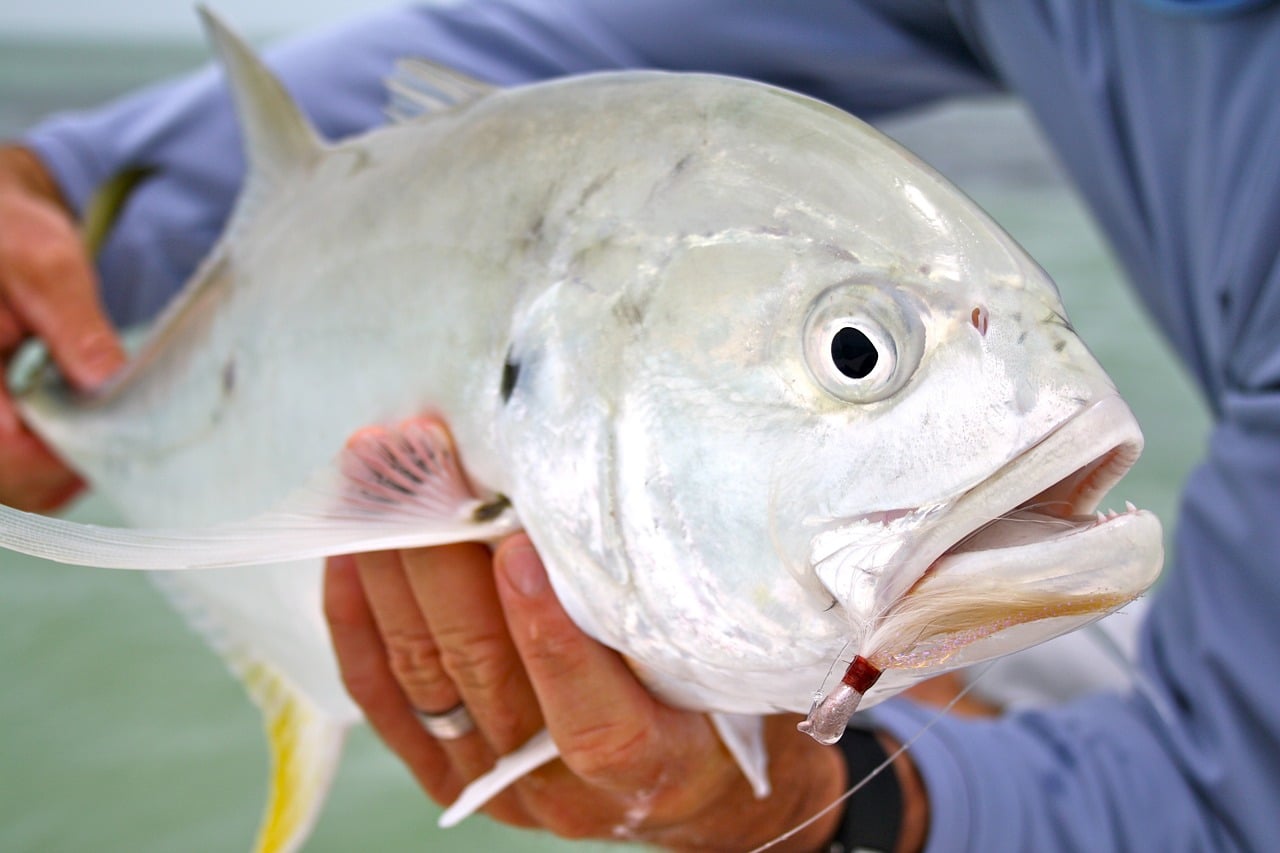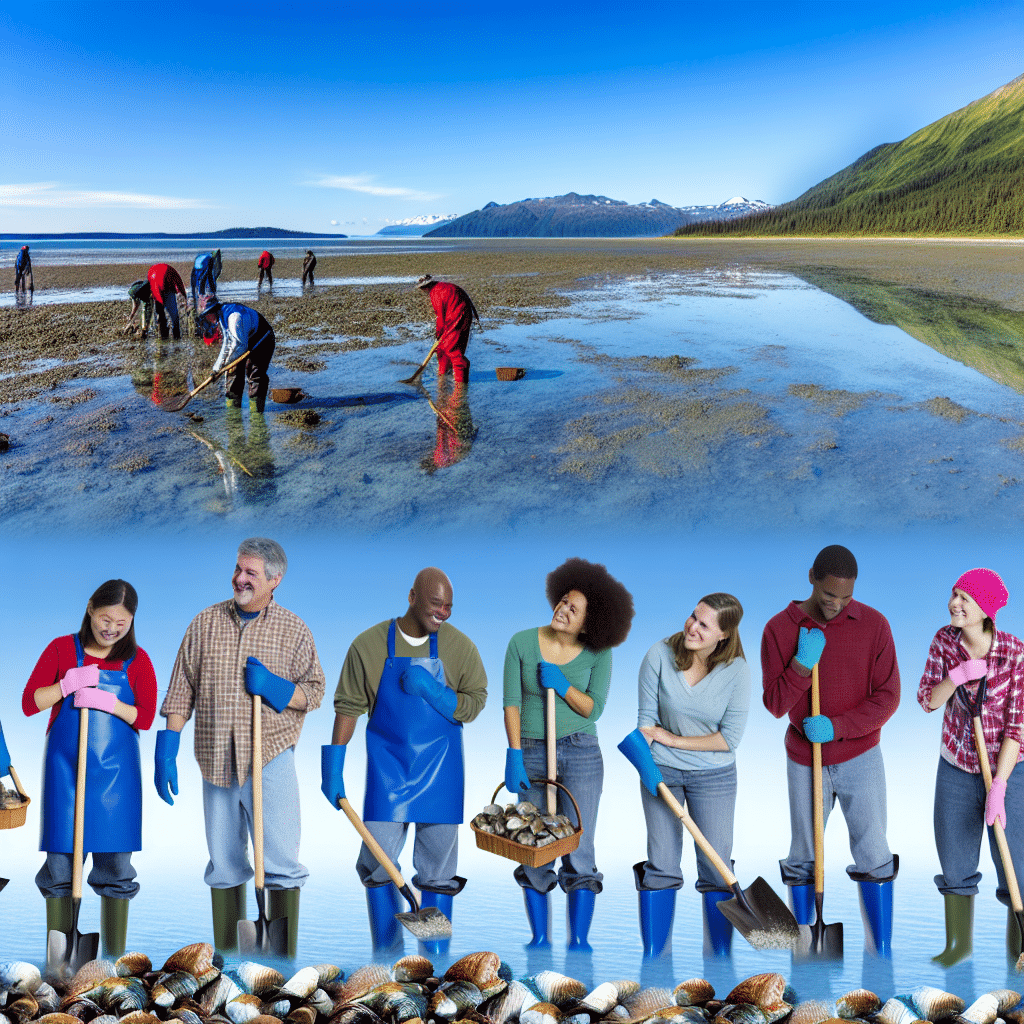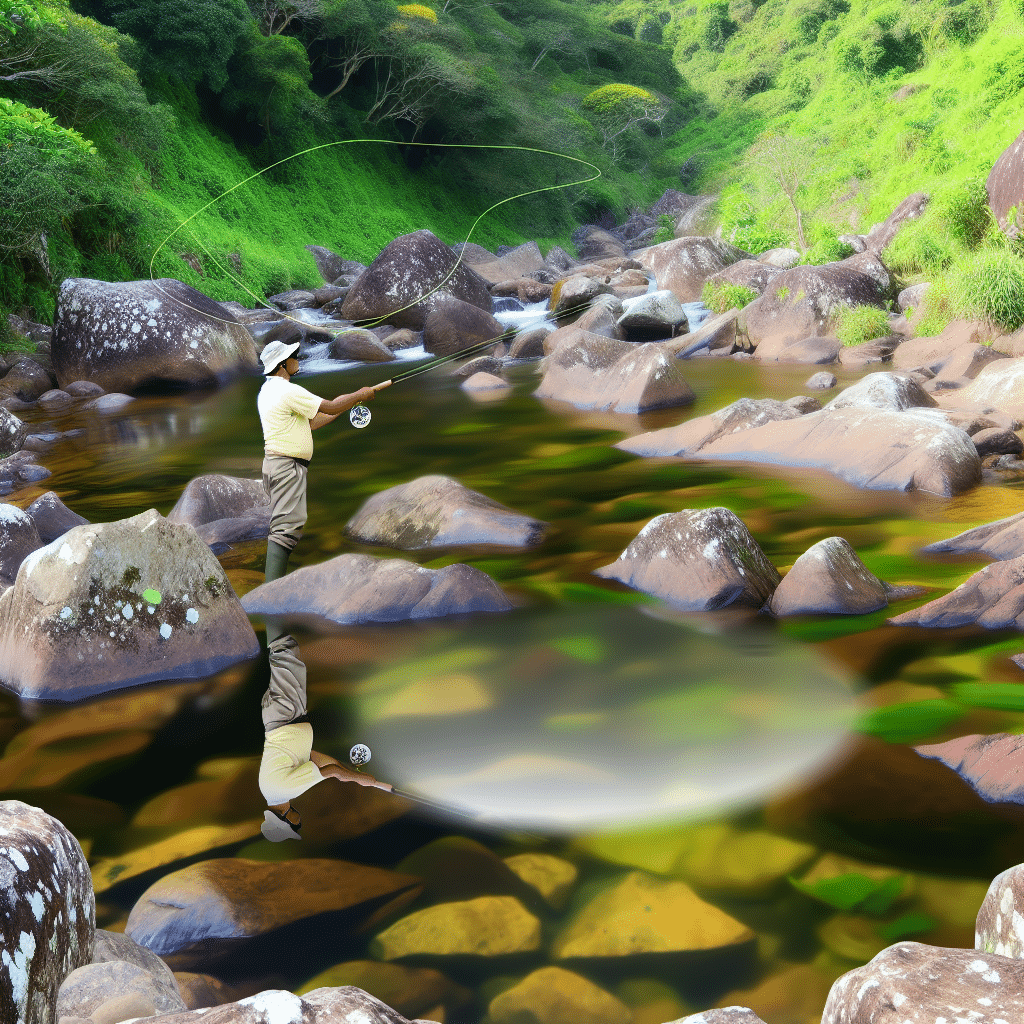Why Whidbey Island is a Clam Digger’s Paradise?
Whidbey Island, nestled in the Puget Sound in Washington State, is a veritable haven for clam diggers. With its miles of sandy beaches, picturesque landscapes, and abundant marine life, it’s no wonder this island attracts both seasoned and novice clam diggers alike. But what makes Whidbey Island truly stand out for this unique pastime?
Rich Marine Ecosystem
Whidbey Island boasts a rich and diverse marine ecosystem. Thanks to the tidal patterns and nutrient-rich waters, clams here grow in abundance. Species such as razor clams, butter clams, and littlenecks make their home in the island’s mudflats and sandy shores, offering a bountiful harvest for those willing to put in the effort.
Accessible Beaches
The island provides a multitude of easily accessible public beaches perfect for clam digging. Sites like Double Bluff Beach, Penn Cove, and Freeland Park are popular spots, with ample parking and amenities. These locations not only offer great clam digging but also stunning views and opportunities for other beach activities.
How to Get Started with Clam Digging on Whidbey Island?
Clam digging on Whidbey Island is an exciting and rewarding activity that anyone can enjoy. Whether you’re a family with young children or a solo adventurer, here’s how you can get started.
Gear You’ll Need
To begin your clam digging adventure, you’ll need a few essential items:
– **Clam Shovel or Rake**: Designed to help you dig efficiently without causing harm to the clams.
– **Bucket or Mesh Bag**: For collecting your finds.
– **Boots and Gloves**: To protect your feet and hands from the cold, wet sand and any sharp objects.
– **Regulations and Licenses**: Make sure to obtain a shellfishing license from the Washington Department of Fish and Wildlife. Local regulations, size limits, and season restrictions must be adhered to in order to protect the clam populations and ensure sustainable harvesting.
Tips and Techniques
– **Know the Tides**: Digging is best done during low tide when more of the beach is exposed. Check tide charts to plan your trip.
– **Spotting Clams**: Look for “shows” or small holes and indentations in the sand, which indicate the presence of clams beneath.
– **Digging Method**: Carefully dig around the show, ensuring not to damage the clam. Patience and a gentle touch are key.
– **Respect the Environment**: Fill in your holes after digging to maintain the beach ecosystem and safety for others.
What Can You Expect During a Clam Digging Excursion?
Clam digging on Whidbey Island is more than just a means to gather food; it’s an immersive experience that connects you with nature. Here’s what to anticipate.
Fun and Learning
Clam digging provides an excellent opportunity for outdoor education. Kids and adults alike can learn about marine biology, conservation, and the importance of sustainable practices. It’s a hands-on activity that’s as educational as it is fun.
Community and Camaraderie
The beaches of Whidbey Island often become vibrant social hubs during clam digging season. You’ll likely encounter other diggers who are eager to share tips, stories, and sometimes even their secret spots. This sense of community adds another layer of enjoyment to the experience.
Savour the Harvest
After a day of digging, there’s nothing more satisfying than preparing and enjoying your fresh-caught clams. Numerous local recipes, from clam chowder to garlic steamed clams, offer delicious ways to savor your hard-earned bounty.
When is the Best Time to Go Clam Digging on Whidbey Island?
Timing is crucial for a successful clam digging trip. While the island offers opportunities year-round, certain seasons and conditions can enhance the experience.
Optimal Seasons
Spring and summer are generally the best times for clam digging, with warmer weather making the outing more comfortable. However, fall also presents good opportunities, especially for those seeking fewer crowds and a more serene experience.
Weather Considerations
A calm day with clear skies is ideal for clam digging. Avoid stormy or overly windy conditions, as these can make the activity challenging and less enjoyable.
Low Tides
As previously mentioned, low tide periods are the most favorable. During these times, larger areas of the beach are exposed, making it easier to spot and dig clams. Consulting tide charts ahead of time will help you plan your trip accordingly.
Conclusion: Dive Into the World of Whidbey Island Clam Digging
Embarking on a clam digging adventure on Whidbey Island is more than just a recreational activity—it’s a way to connect deeply with nature, learn about marine life, and enjoy the simple pleasures of harvesting your own food. Whether you’re drawn to the thrill of the hunt, the educational opportunities, or the joy of preparing and eating freshly dug clams, Whidbey Island offers a clam digging experience that is second to none. So grab your gear, check the tide charts, and head out to the beaches of Whidbey Island for an unforgettable day of clam digging.




